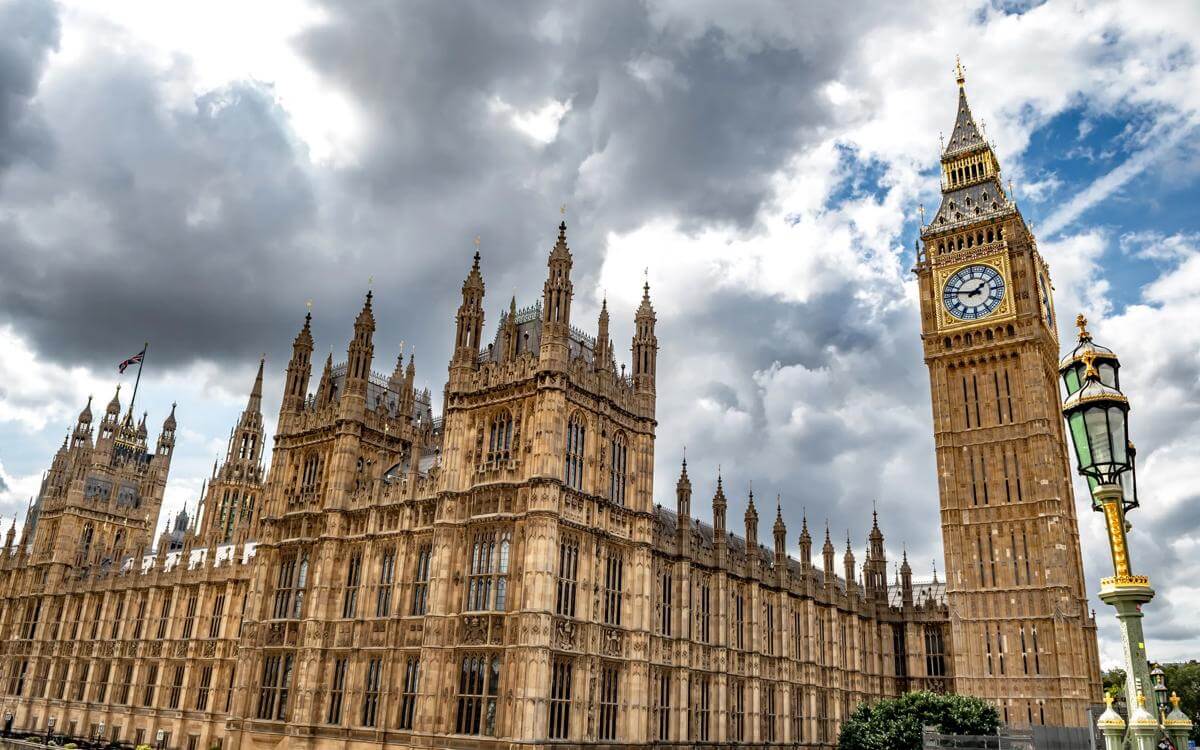Court of Appeal confirms exclusive English jurisdiction clause in excess liability policies in Canadian pipeline dispute
On 10 June 2022 the Court of Appeal upheld an anti-suit injunction granted in favour of insurers by Mr Justice Jacobs in September 2021 restraining proceedings from being brought in Canada and enforcing the exclusive English jurisdiction clause in excess liability policies.
AIG Europe SA & Others v John Wood Group Plc & Others; Chubb European Group SE v John Wood Group Plc & Others [2022] EWCA Civ 781
On 10 June 2022 the Court of Appeal upheld an anti-suit injunction granted in favour of insurers by Mr Justice Jacobs in September 2021 restraining proceedings from being brought in Canada and enforcing the exclusive English jurisdiction clause in excess liability policies.
Background
The proceedings stemmed from the failure of a pipeline in Alberta, Canada in 2015 which resulted in the leak of bitumen into the environment. Nexen Energy ULC brought proceedings in 2017 against, amongst others, Wood Group Canada Inc a wholly-owned subsidiary of John Wood Group Plc (together “the Wood Group”). Nexen is seeking damages of CAD$450 million and liability has yet to be determined.
The Wood Group has incurred defence costs in respect of Nexen’s damages claim and commenced proceedings in Canada in February 2021 claiming an indemnity for those defence costs and any damages it is ordered to pay under various excess liability insurance policies.
The Claimant insurers sought ex parte (without notice) anti-suit injunctions from the Commercial Court in London which were granted to AIG & Others on 2 August 2021 and to Chubb on 18 August 2021, both with a return date before Mr Justice Jacobs who handed down his first instance judgment on 24 September 2021.
Policy Clauses
The policies issued by the various insurers comprised a programme (‘tower’) of excess liability insurance placed in the London Market for the 2014/15 and 2015/16 policy years.
Essentially, there was a US$2 million self-insured retention, above which were a great number of primary/underlying policies. There was then the excess programme subscribed to by the Claimant insurers, comprising the ‘Global Umbrella Policy’, the First, Second and Third Excess Policies.
Each of the excess policies identified one particular policy against the words ‘Underlying Insurer’ under the heading ‘Primary’, namely a policy issued by ACE INA Insurance and referred to as the ‘Global CGL Policy’. Importantly, the Global CGL Policy did not contain an express clause concerning either applicable law or jurisdiction.
The Global Umbrella Policy contained two clauses relating to jurisdiction and applicable law, which on their face were contradictory. The first had the heading ‘Choice of Law and Jurisdiction’ and was referred to in the case as the ‘Primary Policy Jurisdiction Clause’ or ‘PPJC’ and stated:
“Any dispute concerning the interpretation of the terms, Conditions, Limitations, Exceptions and/or Exclusions of the policy are understood and agreed by both the Insured and the Insurers to be subject to the same law and the same jurisdiction as the primary policy. Each party agrees to submit to the jurisdiction of any court of competent jurisdiction within said territory and to comply with all requirements necessary to give such court jurisdiction. All matters arising hereunder shall be determined in accordance with the law and practice of such court”.
An identical clause to the PPJC was also contained in the First, Second and Third Excess Policies.
The Global Umbrella Policy also contained standard terms and conditions, of which Clause 11 provided as follows:
“Choice of Law
This Policy of insurance shall be governed by and construed in accordance with the laws of England and Wales, or Scotland (in respect of any policies issued in Scotland), and except in the case of Scottish policies the Commercial Court of the Queen’s Bench Division High Court of Justice Strand London WC2A 2LL shall have jurisdiction in respect of any dispute under this Policy”
There was, therefore, in the Global Umbrella Policy an apparent conflict between the PPJC and Clause 11.
The First Excess Policy not only contained the PPJC but also a standard Clause 12 which stated:
“The proper law of the Policy shall be English law and the Courts of England shall have exclusive jurisdiction in all disputes connected with this Policy”
Again, therefore, there was an apparent conflict between the PPJC and Clause 12 in the First Excess Policy.
The Second Excess Policy not only contained the PPJC but also at Clause 4.10:
“Any phrase or word in this Policy and the Schedule will be interpreted in accordance with the law of England. The Policy and the Schedule shall be read together as one contract and any word of expression to which a specific meaning has been attached in any part of this Policy shall bear such specific meaning wherever it may appear”
The Third Excess Policy was in materially identical terms to the First Excess Policy.
First instance decision of Mr Justice Jacobs
In order to obtain anti-suit injunctions, the Claimant insurers had to demonstrate to a “high degree of probability” that the excess policies contained ‘exclusive’ English jurisdiction clauses.
In relation to the Second Excess Policy, the Judge held that Clause 4.10 did not provide for English jurisdiction (only law) and so there was no basis for an anti-suit injunction to be awarded. That decision was not appealed by insurers.
One of the insurers subscribing to the Second and Third Excess Policies was Allied World Assurance Co (Europe) DAC (“AWAC”) and unlike the other insurers AWAC had included an arbitration clause in its policies (providing for English arbitration) and had annotated the PPJC accordingly. The Judge held that entitled AWAC to an anti-suit injunction. The Wood Group did not appeal that decision.
In relation to the Global Umbrella Policy, the Judge held that Clause 11 met the ‘high degree of probability test’ and so granted an anti-suit injunction to insurers. The words “shall be governed by and construed in accordance with the laws of England and Wales” meant that English law was mandatory, not optional. The choice of English law in conjunction with the reference to English jurisdiction was also a powerful factor in favour of construing the choice of English jurisdiction as exclusive.
The Judge also rejected the Wood Group’s argument that Clause 11 should be disregarded because it conflicted with the PPJC and therefore the Global CGL Policy (which did not contain any clause identifying applicable law or jurisdiction). Instead, the Wood Group’s proposed approach was that the court should not assume that the parties were seeking to agree a law and jurisdiction which could be identified with certainty but rather had intended there to be a “permissive approach” to jurisdiction in the Global Umbrella Policy that contemplated that a variety of courts might have jurisdiction to determine any particular dispute between them. The Judge held that approach would introduce “very considerable uncertainty” and that full effect should be given instead to Clause 11.
The Judge held that Clause 12 of the First and Third Excess Policies provided expressly for the exclusive jurisdiction of the Commercial Court in London. As for the relationship between Clause 12 and the PPJC, the Judge held that Clause 12 was the applicable jurisdiction clause (for the same reasons as in the case of Clause 11 of the Global Umbrella Policy).
Court of Appeal decision
The Wood Group appealed in respect of Mr Justice Jacobs’ decision relating to the Global Umbrella Policy, and the First and Third Excess Policies. The Court of Appeal upheld Mr Justice Jacobs’ first instance decision, dismissing the appeal.
The Court of Appeal held that:
- It was clear from the language and context of the PPJC that it only applied where the relevant primary policy contained a choice of jurisdiction clause, which the Global CGL Policy did not. Hence, there was no conflict between the PPJC and the subsequent Clause 11 (in the Global Umbrella Policy) and Clause 12 (in the First and Third Excess Policies).
- As the Global CGL Policy did not contain a jurisdiction clause, the PPJC had nothing to bite on and so did not conflict with the choice of jurisdiction in Clause 11 and in Clause 12.
- The Wood Group’s ‘permissive approach’ to jurisdiction caused the application of the PPJC to become “hopelessly uncertain” as there could be a number of potential disputes under the excess policies which had nothing to do with the primary policy (for instance payment of premium). As there was no similar dispute under the primary policy, the parties to the excess policies would have no way of determining the appropriate jurisdiction in which to bring their proceedings. The Court of Appeal considered that would be “thoroughly uncommercial”.
- It was evident that Clause 11 conferred exclusive jurisdiction on the Commercial Court. Although Clause 11 did not use the word ‘exclusive’, use of the phrase “shall have jurisdiction” was an instruction to the parties and was intended to give the Commercial Court exclusive jurisdiction.
Comment
The case is a useful reminder of the legal principles concerning the grant of anti-suit injunctions as summarised in Catlin Syndicates Ltd v AMEC Foster Wheeler USA Corp [2020] EWHC 2530 (Comm).
It is also an indication that absence of the word ‘exclusive’, in the case of Clause 11 in the Global Umbrella Policy, is not fatal or determinative in deciding whether a jurisdiction clause is meant to confer exclusive (as opposed to non-exclusive) jurisdiction on the Court referred to.
Perhaps most importantly it is a further reminder that clear words should be used when drafting a law and jurisdiction clause, especially in the context of excess or reinsurance policy wordings which refer to underlying policies, in order to avoid uncertainty and disputes.








































